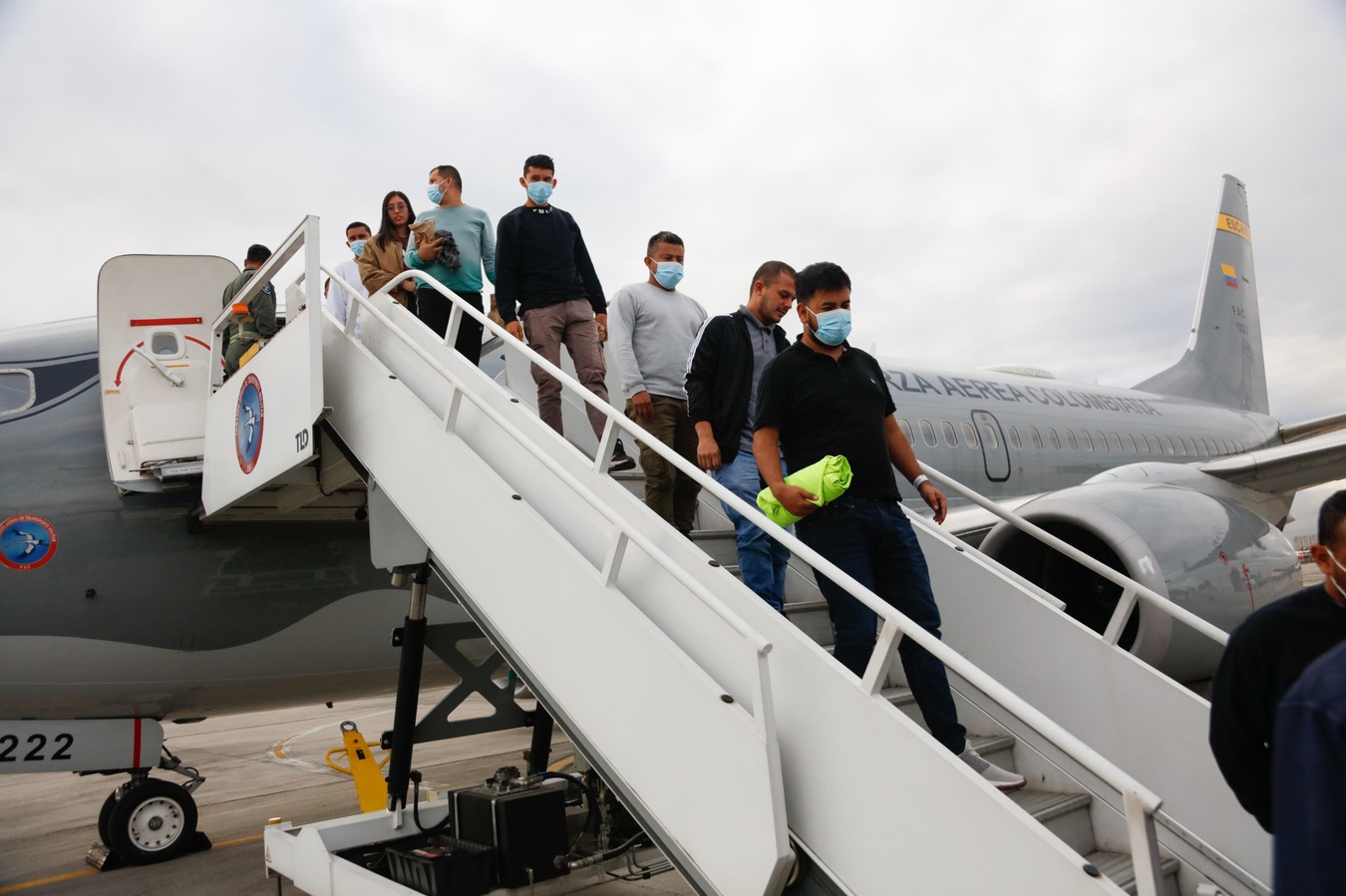Risks for Mixed-Status Immigrant Families
Risks for Mixed-Status Immigrant Families
Panelists spoke about the effects of U.S. immigration policy on mixed-status households and policy solutions to address the challenge of undocumented youth.
Panelists:
- Chung-Wha Hong, Executive Director, New York Immigration Coalition
- Carola Suárez-Orozco, Professor of Applied Psychology, New York University’s Steinhardt School of Culture, Education, and Human Development
- Hirokazu Yoshikawa, Walter H. Gale Professor of Education and Academic Dean, Harvard Graduate School of Education
- Jason Marczak, Director of Policy, AS/COA (Moderator)
Summary
The public discourse on immigration in the United States centers on the country’s 10.2 million undocumented immigrants, even though this group accounts for only one-fourth of the total foreign-born population. While Congress has reached an impasse on comprehensive immigration reform, individual states and localities have forged their own immigration policies, which are often harsh. Caught in the middle of this contentious issue are an estimated 5.5 million children and adolescents who are growing up with at least one undocumented parent. While over 80 percent of these youth are U.S. citizens, even those who are undocumented have spent most of their lives in the United States and feel uniquely American. Yet both groups experience multiple social and developmental consequences as a result of their family’s existence in the shadows of the law.
Americas Society/Council of the Americas and the New York Immigration Council co-hosted a discussion on the risks and challenges faced by youth in mixed-status immigrant families. Panelists spoke about the demographics of immigration to the United States over the past two decades; the negative developmental and psychological effects of U.S. policy on youth from early childhood through adulthood; and various policy solutions to address the current situation.
Demographics
To discuss the effects of living in the United States as an undocumented immigrant, speakers identified the origins of the terms “legal immigrant” and “illegal immigrant.” Hiro Yoshikawa said that the subsections of federal immigration law which have come to define the U.S. immigration system were a product of the Chinese Exclusion Act of 1882. More than a century later, the impact of that policy is clear: the United States is home to 5 percent of the world’s population, but also over 20 percent of the world’s undocumented immigrant population.
In New York state, immigration status is a salient issue. Chung-Wha Hong explained that New York City has been a historic gateway for migrants entering the United States and is now one of the most diverse cities in the world. According to the Pew Hispanic Center, 625,000 undocumented immigrants live in New York state, including many immigrants under the age of 18. But across the country, mixed-status families are prevalent. Yoshikawa mentioned that one in 16 elementary school-age children in the United States have at least one member of their family who is undocumented.
Psychological Issues
Immigration policies in the United States often make headlines, but their consequences go largely unnoticed, least of all their psychological impact. Carola Suarez-Orozco explained that youth who feel marginalized as result of their undocumented status or their parents’ undocumented status experience higher rates of anxiety, depression, and other psychological issues. Several studies indicate that these developmental effects are tied to the complex identities of youth in mixed-status families. From an early age, millions of children live in constant fear that they or their parents could be deported, which affects how they perceive themselves, their families, and their sense of belonging.
Education and academic performance are also affected by immigration policy. As Hong explains, many undocumented parents lack government identification required to enroll children at most public and private schools. While some parents are reluctant to engage in their child’s education for fear of detection, others simply cannot even walk into the building for a parent-teacher conference or to pick up their child. For this reason, the New York Immigration Coalition works with community groups and Latin American consulates in New York state to develop consular identification cards, which can serve as an alternative government-issued form of identification.
Language can pose yet another obstacle to children’s development. Of the 5.5 million children in mixed-status households, many are not fluent in English. According to Hong, only 40 percent of youth considered English-language learners ultimately graduate from high school, compared to 60 percent of the general population. Of these graduates, only 7 percent are prepared for college. Educational performance is further complicated by the frequency with which immigrant families relocate, usually due to the temporary nature of their employment. Unexpected moves in the middle of the school year can take a heavy toll on a child’s academic performance and social development.
Policy
For now, the prospects of reforming national immigration policy are slim. The Obama administration deported more than 1 million immigrants during the president’s first three years in office—more than any other administration. But immigration policy is more malleable at the state and local levels. Panelists agreed that an important legislative step in New York and several other states is the Development, Relief and Education for Alien Minors Act (DREAM Act). This law would create a fast-track approach to permanent residence for millions of undocumented youth. Eligibility hinges on earning a high school diploma and attending a four-year university or serving in the U.S. military. However, any new movement on New York’s DREAM Act would have to happen before the legislative session ends in June.
Given that New York has a high concentration of immigrants, Hong argued that the state should lead the way in passing progressive immigration policies like the DREAM Act as an example for the rest of the country. Partnerships between the public sector, immigration community groups, schools, parents, and private companies have been instrumental in rallying support for immigration-related legislation.
Panelists agreed that passage of the DREAM Act would not only help lessen the negative consequences faced by children and adolescents in mixed-status families, but would also allow youth to enter the formal labor market. This way, young people would contribute to the economy in a way that would be impossible if they remained undocumented. Though the federal government invests in youth primarily through public education, the economy will depend on them to fill the ranks of the labor force. Since the children of immigrants are currently the fastest-growing segment of the U.S. population, changing immigration policy will affect the country as a whole.








